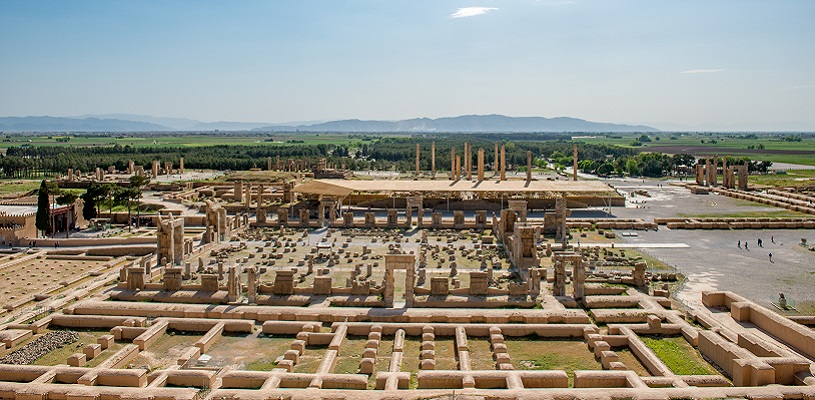
Persepolis Palace Complex Or Takht-e Jamshid
The glory of the ancient world pictured in your history books comes to life in the ruins of the royal complex of Persepolis (UNESCO World Heritage)! This treasure used to be one of the six capitals of the Empire that ruled over half of the known world: the Achaemenid. An absolute must-see in Iran, the 2500-year-old site has been dazzling visitors, archaeologists and history lovers from all around the world. Also known as Takht-e Jamshid (meaning Jamshid’s throne) and Parsa (City of Persia), Persepolis is located around an hour to the Northeast of Shiraz, Iran’s cultural capital. The remains of the ancient complex have had so much to tell the world about principles, human values, art, architecture and urban planning. Stay with me to discover the hidden secrets of this admirable Persian relic.
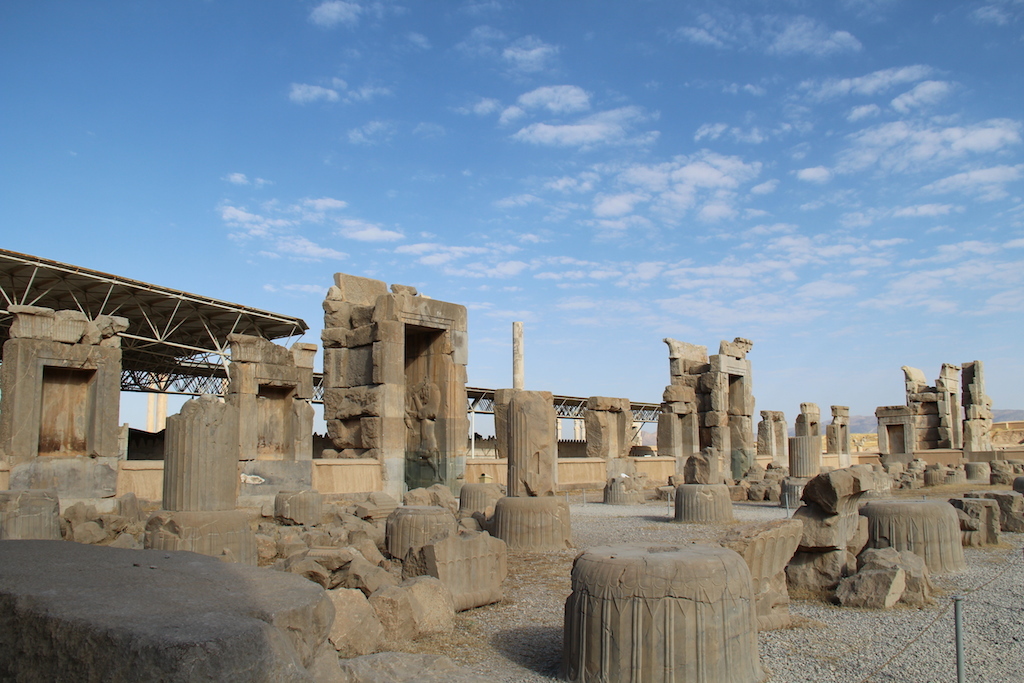
Why Visit Persepolis?
- Persepolis is a precious UNESCO world heritage.
- It serves as the highlight of any tourist itinerary in Iran.
- The ancient site is a masterpiece of art and architecture.
- It was the ceremonial capital of the great Achaemenid Empire.
- It probably is Iran’s most glorious historical site.
- The palace complex is one of the world’s largest stone constructions.
- Many consider it as the symbol of world peace and friendship.
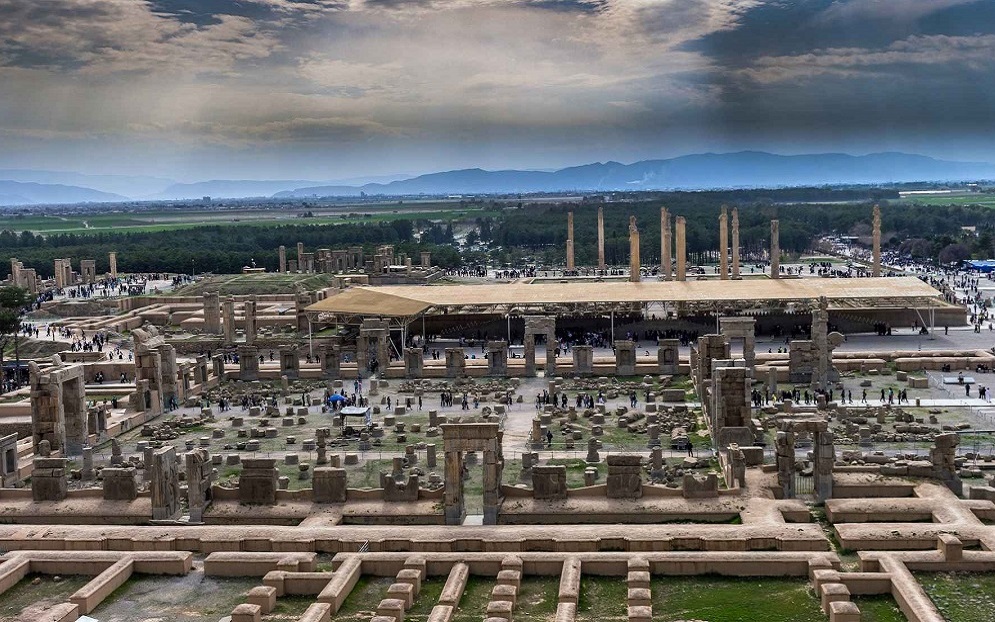
Who Were the Achaemenid
Conquering the last Median ruler, Astyages, and causing the fall of Median Empire, Cyrus the Great founded what became the largest empire of classical antiquity: Achaemenid Empire. The Achaemenids governed a land that spanned from India to Egypt and the Black Sea. The Achaemenids were admired for their high tolerance of religious diversity, development of civil services, and a large professional army. As a result, they influenced the philosophy, religion, language and architecture of the nations under their rule. So, the relics of their artistry, ingenuity and open mind are kept as the most precious archaeological treasures around Iran; and in top museums around the world. The cornerstone of their mastery is the palace complex of Persepolis.
The Story of Persepolis
The story started in 515 BC when Cyrus the Great chose the site of his victory over the last Elamite king as the location of Persepolis. Then, Darius I set up the foundations of the royal complex in 518 BC. He ordered the construction of the Apadana, the Council Hall and the Imperial Treasury (which housed the government archives, religious works, artworks, booties and tributes). Yet, he didn’t live long enough to finish them off. It was his son Xerxes I who added the final touch. Later, Achaemenid kings continued expanding the complex until the downfall of the dynasty in 330 BC.
Persepolis was used as the ceremonial capital of the empire. It was probably the royal residence for the warmer seasons and new year celebrations. The ruins of Persepolis laid buried until 17th century, and they weren’t professionally excavated until early 19th century. So far, over 30,000 inscriptions have been found from the excavations! These precious treasures have presented us with priceless information about the Achaemenians and the ancient world in general.

Persepolis Reimagined
The Grand Complex of Persepolis
Persepolis is a piece of architectural ingenuity. It is located on a huge platform that was partially constructed on the foot of Rahmat Mountain (Mountain of Mercy). Also, on the hillside behind the complex lie 3 sepulchers carved out of rock and decorated with reliefs. The complex was mainly made of grey limestone and marble. It included a treasury, reception halls, military quarters, and occasional houses for the Kings. The most notable of these include the Gate of All Nations, Apadana Palace, Tachara Palace, Hadish Palace, the Council Hall, and the Imperial Army’s Hall of Honor (or the Hall of a Hundred Columns).

More about the Grand Complex of Persepolis
Each of Persepolis sections are of high archeological, artistic and historical significance. The Gate of All Nations was topped with 2 statues of bull-men fending off evil. Apadana Palace was probably the main hall of the kings and the largest building on the terrace where Darius I received tributes from all nations. Tachara (the palace of Darius I) and Hadish (the palace of Xerxes I) were the private residences of the kings. Tachara, the oldest and smallest palace on the terrace, had a black and polished look. On the other hand, Hadish was twice the size of Tachara, and included a main square hall and 5 doorways. The complex’s 2nd largest building, the Imperial Army’s Hall of Honor, featured 100 columns, 2 large bulls, and reliefs. Between the Apadana and the Hall of 100 Columns, lies the Council Hall, a meeting place for the king and his advisors.
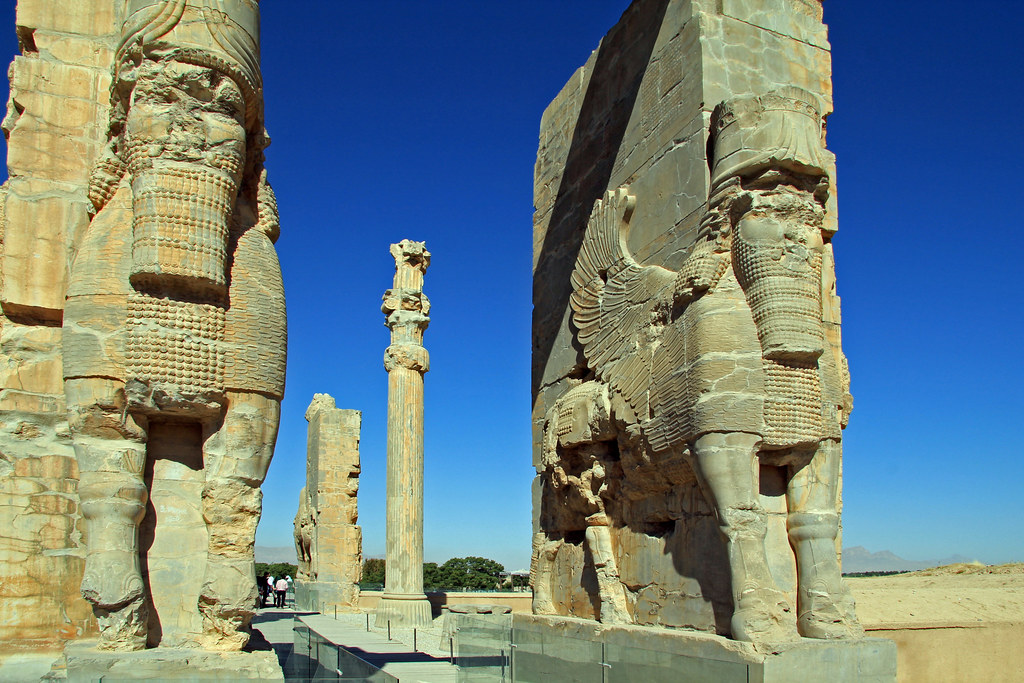
The Incredible Charms of Persepolis
The glorious complex showcased monumental gateways, skillfully carved reliefs and elegant Persian columns. For instance, you can still see some of the giant statues of mythological creatures that top the elegant gateways. Also, in some parts of Persepolis and in the world’s top museums, including the Louvre and the British Museum, as well as the National Museum of Iran, you’ll find the remains of precious reliefs. Standing for the customs, lifestyle and beliefs of their creators, they depict audience scenes, throne scenes and portrayals of royal warriors fighting wild animals. Besides, the columns are distinctly characterized for their double animal tops. The animals are mostly bulls and lions, and they probably symbolize the change of season in Nowruz.
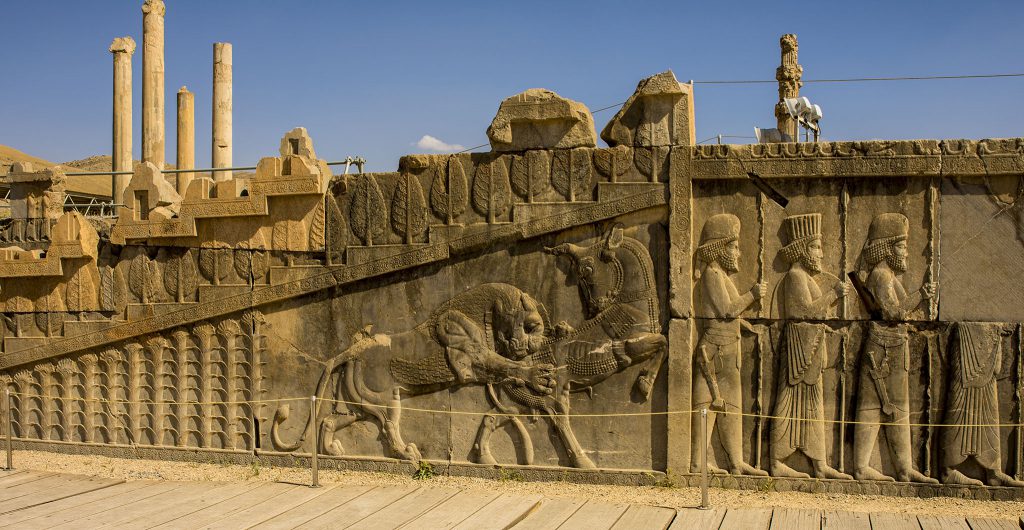
Persepolis as a Symbol of Unity and Friendship
To the Achaemenids, it was all planned out! Cultural diversity, unity and friendship were of their great dreams. So, they gathered a large number of master architects, artists and engineers from all parts of the vast empire to set up the foundations of the complex. This made possible the incorporation of the bests of the culture, science and art of each nation. Their dream of ‘unity in diversity’ was further reached by celebrating Nowruz (Persian New Year) together with the representatives of the nations from around the empire. These VIP guests presented tributes to the king and received tributes in return.
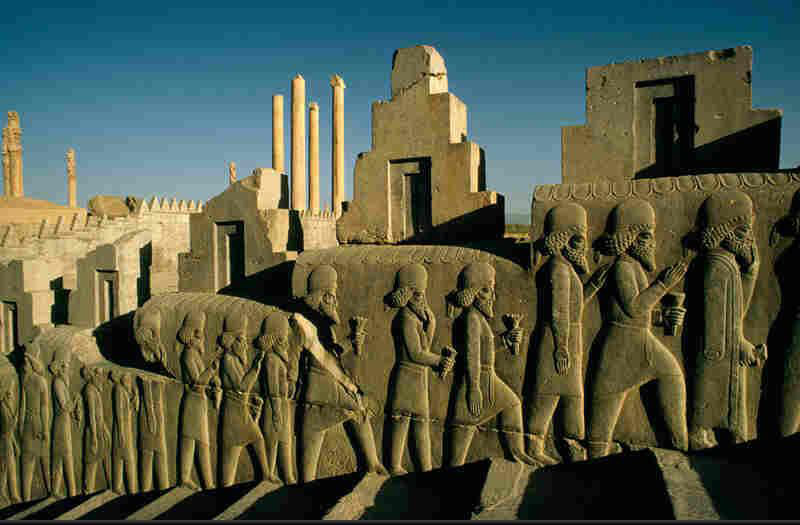
Another relic of this noble dream is the Cyrus Cylinder, the world’s first declaration of human rights, written in Persepolis. Also, the reliefs represent the rarest and the most pleasant scenes. No relief depicts war, captivity or conflict. In them, you can find people of different ethnicities, men holding hands or touching each other’s shoulders, kings and soldiers holding flowers, apples and colored eggs.

The Friendly Stairs of Persepolis
To access the platform on which Persepolis lies, you have to go up a perfectly designed double staircase known as Persepolitan Stairway. What strikes you while ascending them is how amazingly comfortable they are for climbing. Experts believe that the steps were designed in the most perfect form not only for comfort but also to allow the dignified visitors to keep a splendid appearance while ascending the stairs on foot or on horseback.
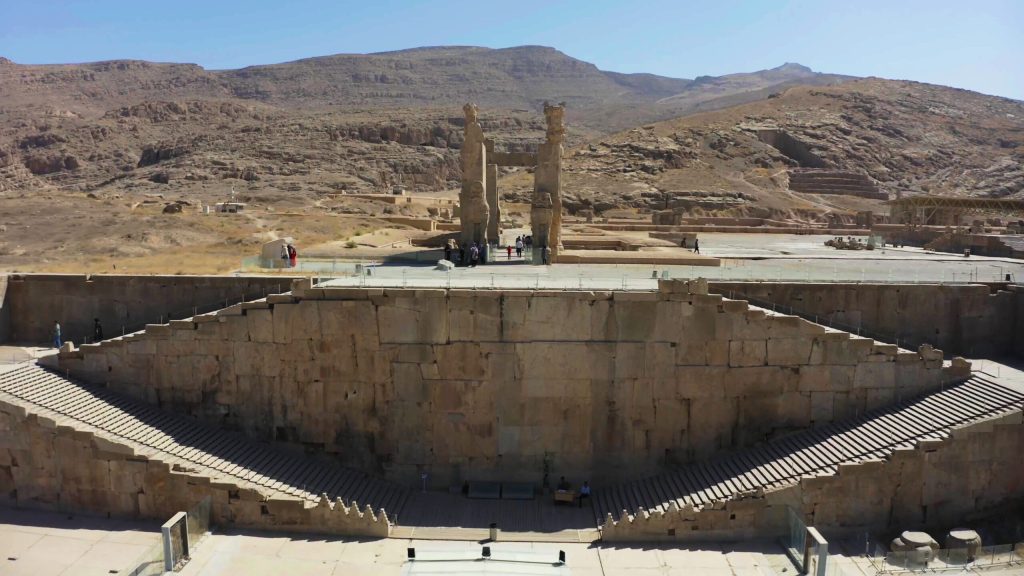
Persepolis Staircase
Persepolis as a Secret!
Why did Achaemenids choose to build Persepolis in such a remote land? It could be that they wanted to keep it as a secret. Some evidence suggest that the existence of Takht-e Jamshid was somehow kept as a secret until Alexander the Great burnt and plundered it in 330 BC.

Gate of all Nations, Persepolis, Iran
More About Persepolis
Is It Possible to Visit Persepolis?
Of course! Both Persepolis and Pasargadae are available to visit everyday except some special holidays.
Is Persepolis Worth Visiting?
Persepolis is one of the most treasured ancient cities and historical attractions in Iran. If you are interested in history, Persepolis can be a great option for you. Furthermore, Persepolis can show you a lot about the glory of ancient Iran.
Open Hours
- Nov.-Mar.: 8 am to 5 pm
- Apr.-Oct.: 8 am to 7 pm
When to Go
Persepolis is great in all seasons. But if you are going there in summer, go there early in the morning and end your visit before noon.
How to Get to Persepolis
Persepolis is located 60 km to the Northeast of Shiraz (about an hour). The most convenient and enriching way to reach it is via a driver guide. But to get there on your own, you should find Karandish Bus Terminal and get a bus or taxi to Marvdasht Town. From Marvdasht, there are vehicles that take you to Persepolis.
The Nearby Attractions
You can find two other treasures of the same period near Persepolis. Naqsh-e Rostam (12km to the northwest) is the elegant necropolis remaining from Achaemenid and Sassanid periods. And Pasargadae (80 km to the northeast), the UNESCO-listed model of the Persian Gardens of ancient Persia.
Things to Do in Persepolis
Like to travel back in time? Then rent VR headsets and let the former majesty of Persepolis blow you away. Beside your visit to the precious remains, you can check out the gift shops that sell traditional handicrafts and Persepolis-themed souvenirs. You can also enjoy horseback riding near the site.
Where to Eat Near Persepolis
- Laneh Tavoos Restaurant
- Persian Restaurant
- Traditional Persepolis Restaurant
- Pizza Host Poem Restaurant
- Hakhamanesh Traditional Restaurant
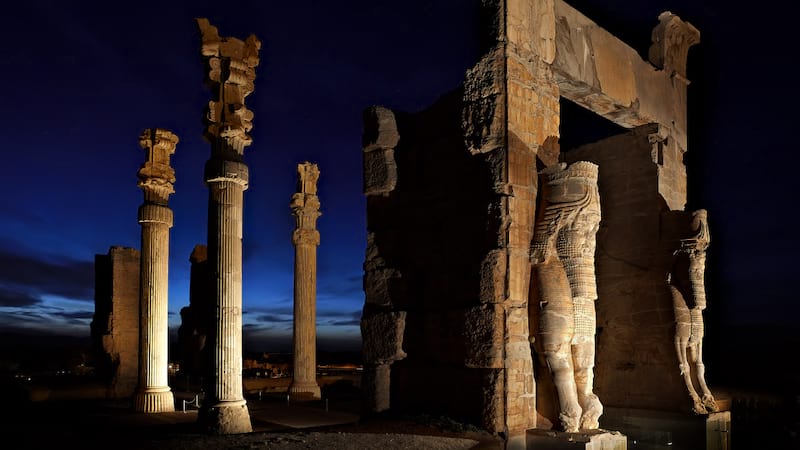
Persepolis at Night
Like to visit Persepolis?
Then book a place at one of our multi-day Cultural Tours or one of our 3 Shiraz Excursion Tours that include it.
Persepolis Tours
[/vc_column_text]


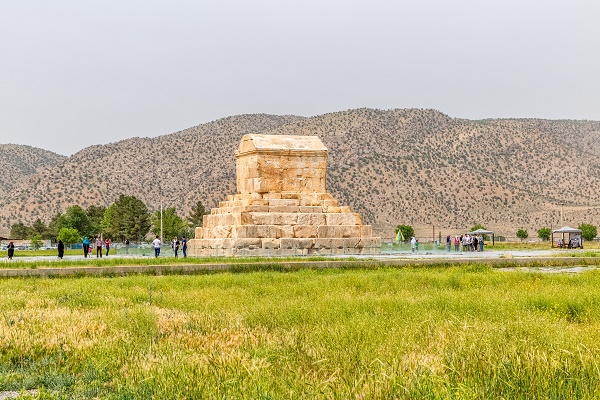
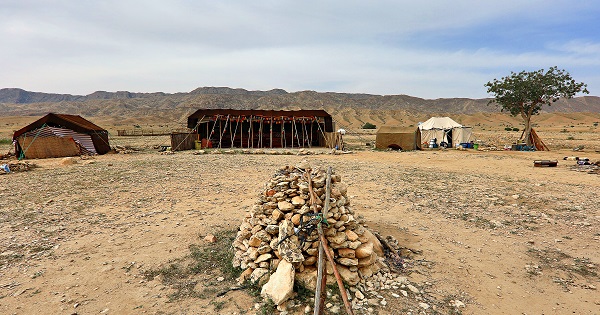

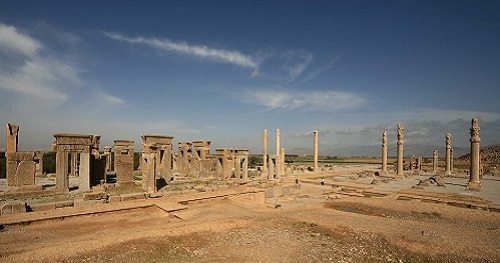
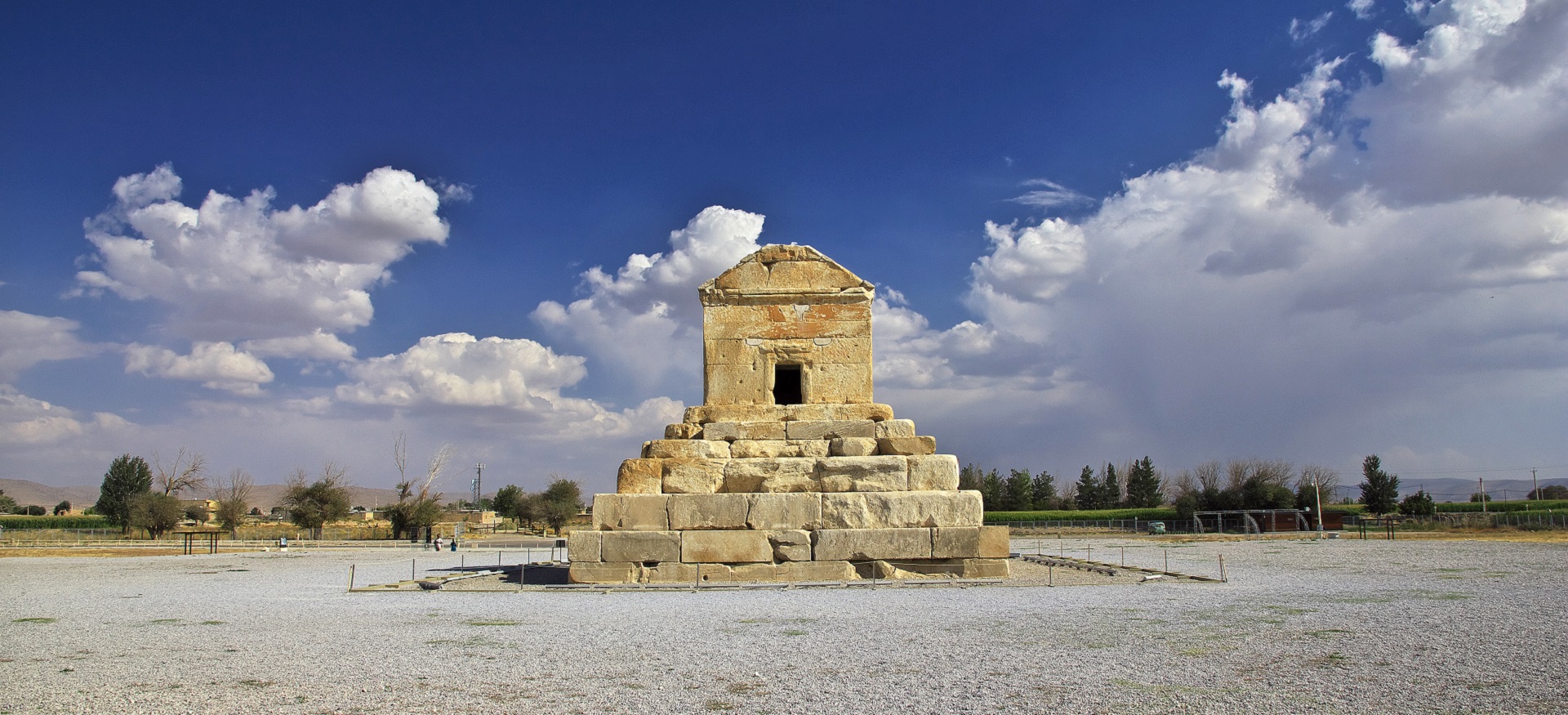


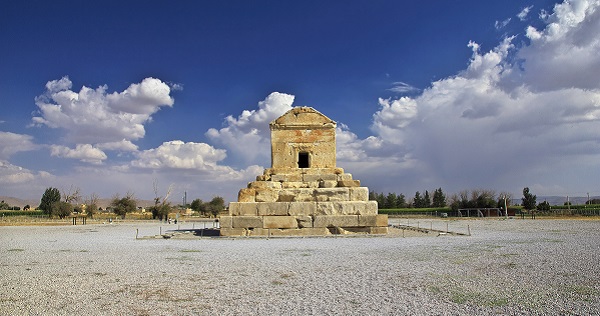
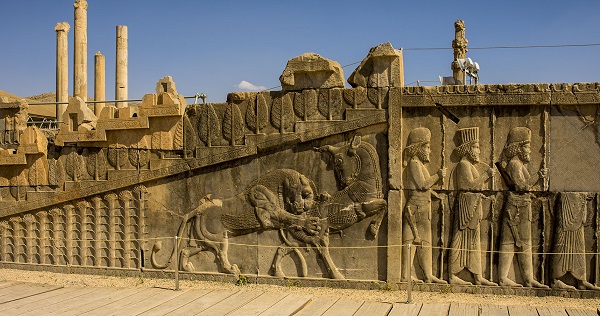

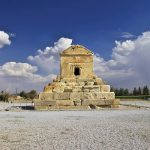


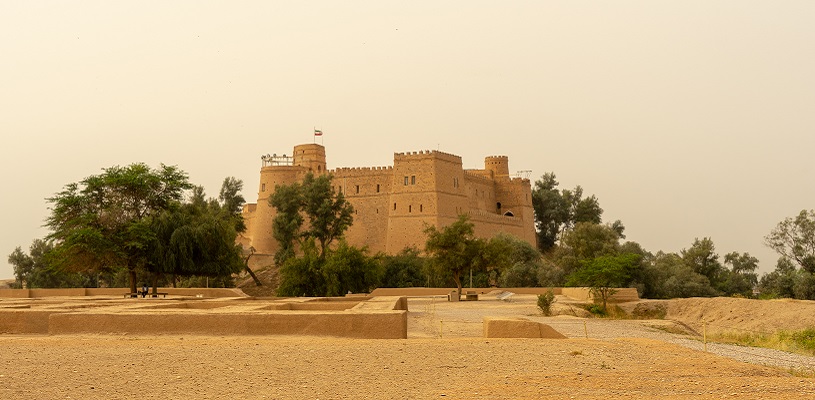
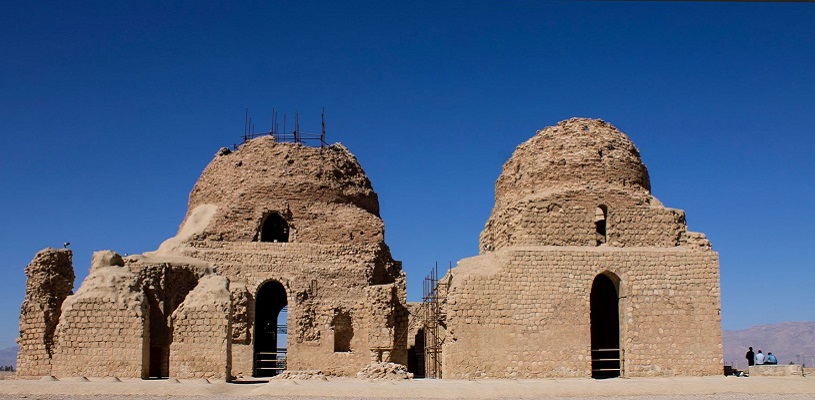
Persepolis is one of the world’s most fascinating sites. I wish I can visit it someday.